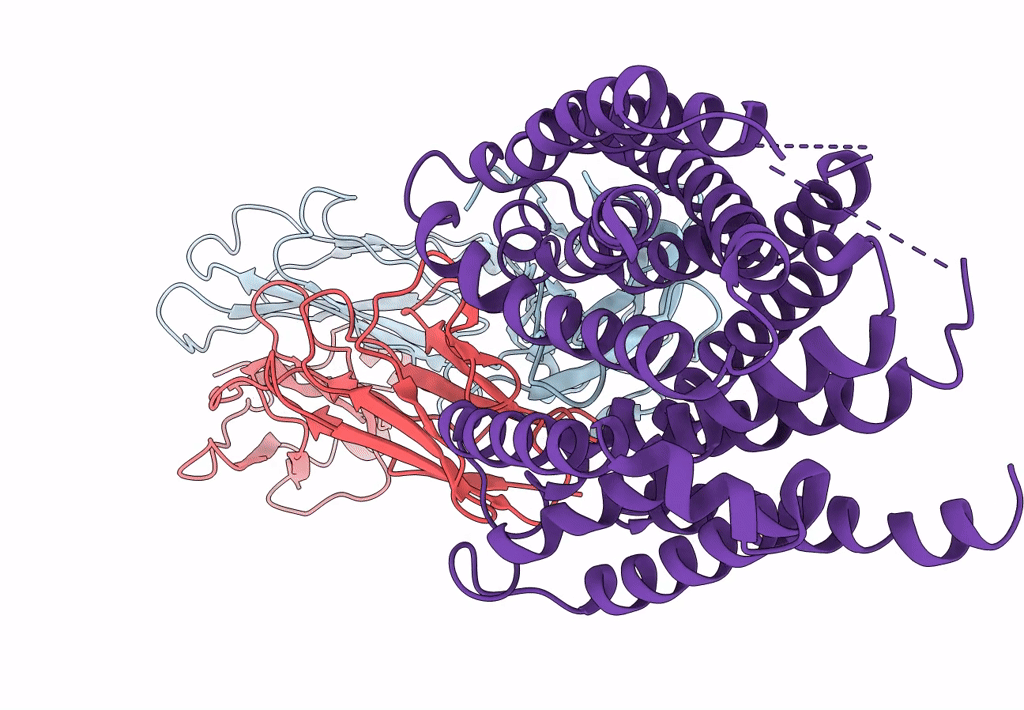
Deposition Date
2021-02-09
Release Date
2022-04-20
Last Version Date
2025-05-28
Entry Detail
Biological Source:
Source Organism:
Staphylococcus aureus (Taxon ID: 1280)
Homo sapiens (Taxon ID: 9606)
Homo sapiens (Taxon ID: 9606)
Host Organism:
Method Details:
Experimental Method:
Resolution:
3.74 Å
Aggregation State:
PARTICLE
Reconstruction Method:
SINGLE PARTICLE


